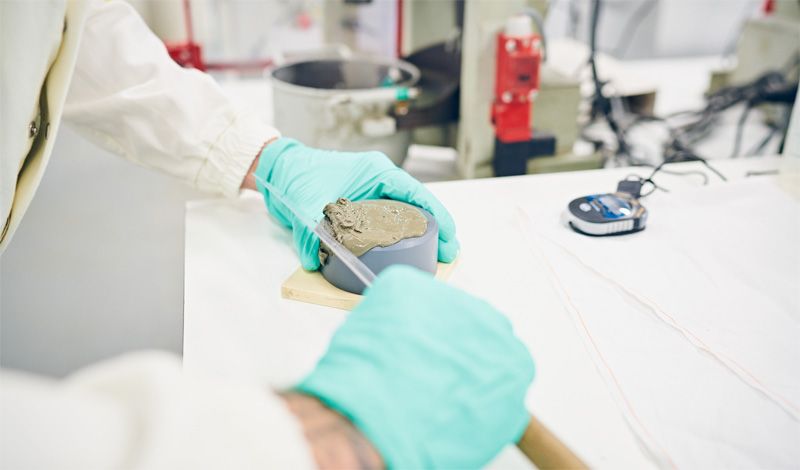“Computer network attack against Indian satellite communications in 2017” is one among a slew of counter-space activities carried out by China since 2007, listed in a new report by US-based China Aerospace Studies Institute (CASI), which provides China’s space narrative among other things.
Isro, while conceding that cyber-attacks are a constant threat, maintains that its systems has not been compromised so far.
The 142-page report notes that between 2012 and 2018, China carried out multiple cyber-attacks, but elaborates on the result only in one case.







